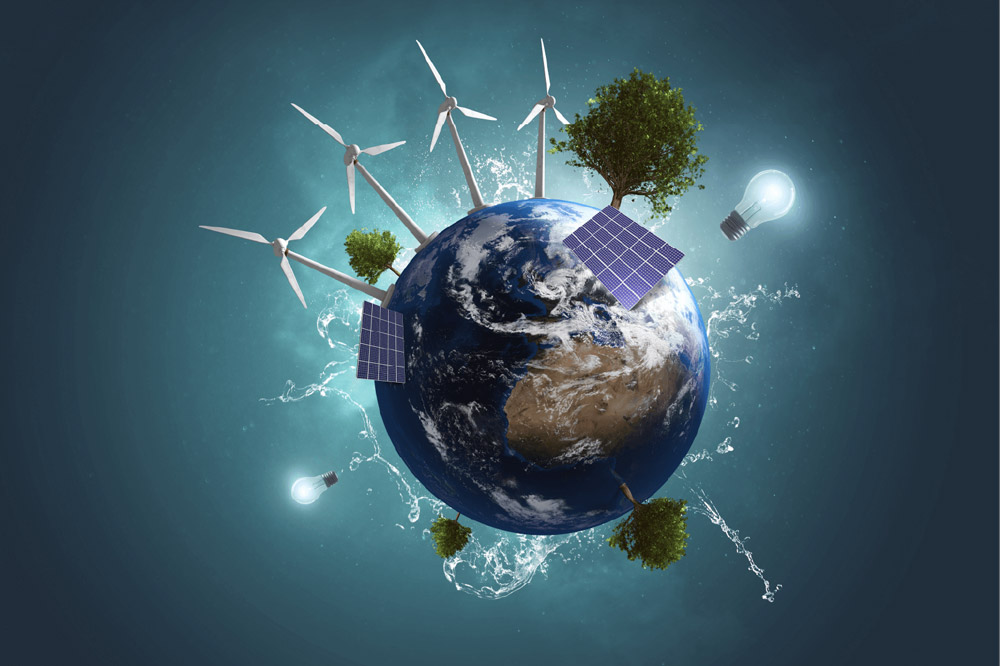

2022/01/06
Carbon neutrality (net-zero CO₂ emission) movements have accelerated dramatically from 2020 to 2021.
The current movements are moving further ahead more actively than before in consideration of the following two aspects: they do not pursue passive goals any more using available technologies but more ambitious goals to be achieved as global warming solutions at any cost, and huge budgets are secured in specific investment plans for establishing social systems in the era of decarbonization.
For example, the European Commission has committed to invest a total of 1 trillion euros (about 120 trillion yen) in public and industries to establish infrastructures to support renewable energy and electric vehicles (EVs) across the decade. China, the largest CO₂ emitter, has announced its intention to achieve carbon neutrality by 2060. In the United States, the second-largest emitter, the Biden Administration has pledged to invest $2 trillion (about 200 trillion yen) over four years for clean energy, etc.
In Japan, in October of last year, former Prime Minister Yoshihide Suga announced carbon neutrality by 2050, and the Ministry of Economy, Trade and Industry (METI) has formulated the Green Growth Strategy Through Achieving Carbon Neutrality in 2050. Since then, companies’ decarbonization efforts have completely shifted from conventional CSR activities for fulfilling their social responsibilities to business creation and cultivation promotion.
The goals are so ambitious that it will be unfeasible if societies stick to simple techniques such as energy saving or renewable energy use. Drastic transitions in energy procurement and utilization and technological breakthroughs are required. In particular, renewable energy has to be developed faster, wider, and larger than ever before.

According to the International Renewable Energy Agency (IRENA), Planned Energy Scenario (PES), a perspective on cumulative renewable energy systems calculated based on the current national and regional policies, shows the share of 26% in 2018 will increase to 38% in 2030 and 55% in 2050. To achieve carbon neutrality in 2050 while factoring in increasing energy consumption, however, Transforming Energy Scenario (TES) shows we have to beef up the share to 57% by 2030 and 86% by 2050. Currently, Japan’s renewable electricity is only about 20% of the total electricity supply, indicating we are confronted with a huge hurdle.
Decarbonization activities in business sectors have been more remarkable than before. For example, the RE 100 initiative has gained considerable attention from companies who use huge amounts of electricity in their factories and datacenters and aim to source 100% renewable electricity for their business operation. The RE 100 initiative pursues stable self-sufficiency of huge amounts of electricity by combining various technologies such as renewable energy, large-capacity energy storage systems, water electrolysis, and large-scale stationary FC systems.
Many large companies have joined the RE 100 initiative. Hence, the EU plans to impose a border carbon tax on importation of certain specified goods and services produced using fossil fuels from 2026. RE100 activities have the potential to yield remarkable economic benefits. If it goes as expected, companies’ movements will accelerate drastically.